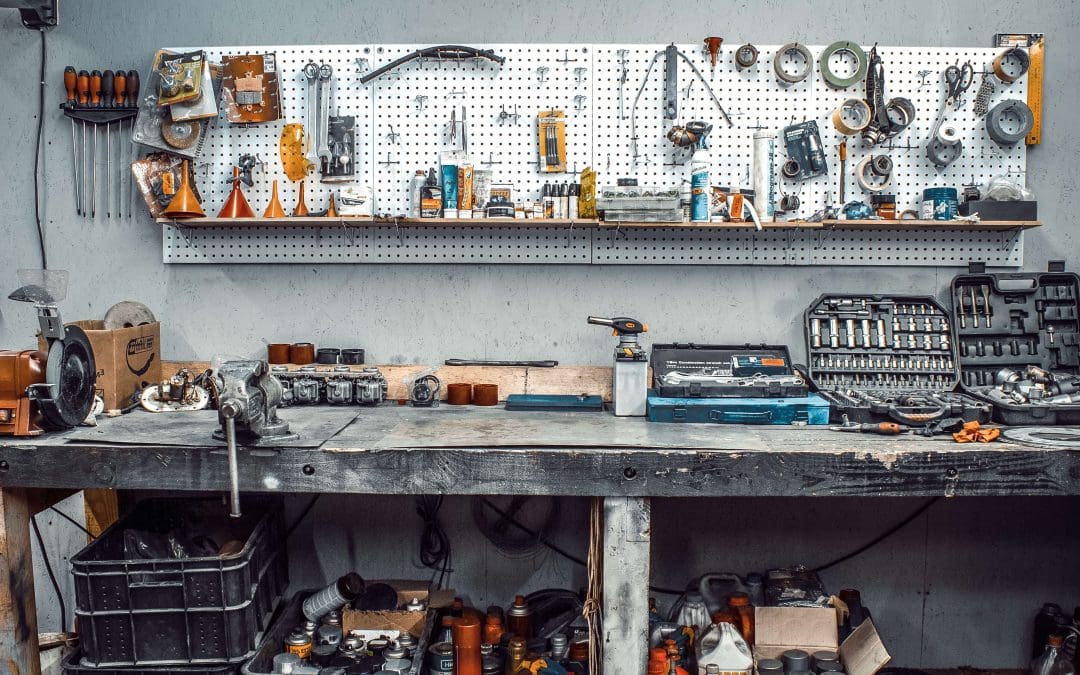Many homeowners dream of having a place to work on DIY projects at home. Whether you’re a hobbyist, a DIY enthusiast, or a professional looking to create a dedicated space, building a home workshop is an exciting project. In this guide, we’ll walk you through the essentials of building a functional and efficient home workshop, from planning and layout to choosing the right tools and safety considerations.
Planning Your Workshop Space
The first step in building a home workshop is deciding where it will be located. Ideally, you want a space that’s easily accessible but separate from your living areas to minimize noise and dust. A garage, basement, or a dedicated outbuilding are great locations. Once you’ve identified the space, consider its size and shape, as these will influence your layout and the types of projects you’ll undertake.
Measure the dimensions of your chosen space and sketch a floor plan. Think about how you’ll use the workshop and what kind of projects you’ll work on. This will help you determine the layout, including where to place workbenches, storage units, and tools. Good lighting is crucial, so make sure your workshop has ample natural light or plan to install sufficient artificial lighting.
Essential Workbenches and Surfaces
A sturdy workbench will be the centerpiece of your workshop. When choosing or building a workbench, consider its height, length, and the type of work you’ll be doing. A standard height is around 36 inches, but this can be adjusted based on your comfort. Your workbench should be robust enough to handle heavy projects and have a smooth, durable surface.
Add additional surfaces for specific tasks. For example, a smaller bench dedicated to fine work like electronics or a metalworking area will help keep your main workbench clutter-free.
Tool Selection and Organization
Selecting the right tools is vital to setting up your home workshop. Start with the basics: a hammer, screwdrivers, pliers, wrenches, and measuring tools. As you expand your projects, add power tools like a drill, circular saw, jigsaw, and sander. Quality tools can be expensive, so prioritize durability and reliability.
Organization is key to maintaining an efficient workspace. Invest in tool storage solutions such as pegboards, tool chests, and shelves. Label everything clearly and keep frequently used tools within easy reach. Magnetic strips and drawer organizers will also help keep smaller tools and accessories in order.
Safety Considerations When Building a Home Workshop
Safety should be a top priority in your workshop. Keep your workspace well-ventilated, especially if you’re working with paints, solvents, or other chemicals. Keep a fire extinguisher and first aid kit within easy reach. Safety gear, including goggles, ear protection, gloves, and dust masks, should be readily available and worn as needed.
Electrical safety is also critical. Make sure your workshop’s electrical system can handle the load of your power tools and equipment. Use grounded outlets, avoid overloading circuits, and keep cords organized to prevent tripping hazards.
Maximizing Efficiency and Comfort
An efficient workshop layout makes it easier to be productive. Arrange tools and workstations logically to avoid wasting time searching for what you need. Consider your projects’ workflow and set up zones for different tasks, such as cutting, assembly, and finishing.
Comfort is also essential for prolonged work sessions. Invest in an anti-fatigue mat for standing tasks and confirm that your workbench height is ergonomically friendly. Adequate heating and cooling will make your workshop usable year-round.
Building a home workshop is an investment in your skills and creativity. With careful planning and attention to detail, your workshop will be a functional and enjoyable space to work in.
Building a Home Workshop FAQs
What is the ideal size for a home workshop?
The ideal size depends on your specific needs and the space available. A small workshop functions well with careful planning, but more extensive projects might require a larger area. Aim for at least a 10×10-foot space as a starting point.
How do I soundproof my workshop?
Soundproofing involves adding insulation to walls and ceilings, using thick curtains or acoustic panels, and sealing gaps around doors and windows. Rubber mats also dampen noise from machinery.
What should I include in a basic first-aid kit for my workshop?
A basic first-aid kit for a workshop should include adhesive bandages, sterile gauze pads, scissors, adhesive tape, antiseptic wipes, latex gloves, a CPR mask, and a first-aid manual. Keep the kit easily accessible and regularly check it to replace used or expired items.
Attic to Foundation Home Inspections provides inspections in the Greater Atlanta area. If you’re buying or selling a home, contact us to schedule our services.

